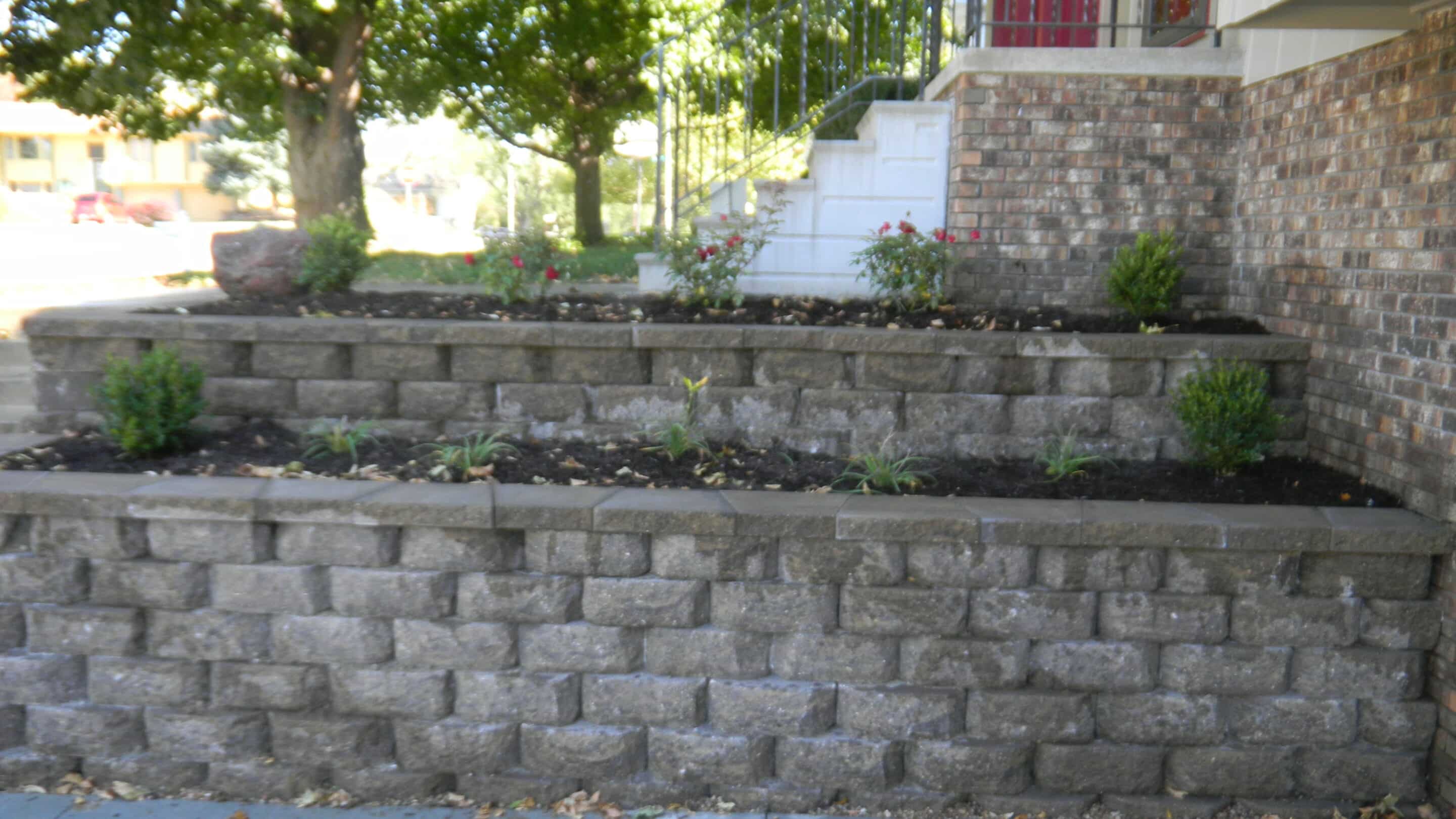
Retaining walls really can enhance the appearance of any homeowner's property. On https://dhallwalling.uk/best-dry-stone-walling-yorskhire/ , we will discuss a range of retaining wall options from wood to stone, a well-built feature that can last decades and improve drainage while increasing usable flat areas.
Beginning with the fundamentals, retaining walls are walls made of wood, concrete or stone to avoid soil, debris or other matter from entering or passing through a specified area. One popular wall is wood-based and will be considered a perfect choice for smaller needs. A retaining wall made of wood works well whenever a wall significantly less than three feet high is required. When considering using wood to create a retaining wall, remember that wood such as treated lumber may be the least stable of the three construction materials, concrete and stone. Concrete walls are durable, constructed for strength and work best for accent walls in the yard and garden. Concrete walls can be developed to about 30 in. high making it probably the most durable retaining wall materials. Stone walls are designed with cut stone sans mortar or other adhesives to sustain the wall. Stone, having the most advantages on the other retaining wall materials is limitless high (although eight feet tall is recommended) and if it is properly built guarantees to last forever.
There are four forms of retaining walls; gravity, cantilevered, sheet piling and anchored walls. Gravity walls are contingent on the weight of the walls construction material(s) (that of wood, concrete, stone or other material) to resist the weight from behind and improve its stability contrary to the earth's forces. Regarding height, gravity walls are often no taller than four feet and made of masonry concrete or stone. Cantilevered walls are produced from masonry or reinforced concrete but require more design and careful construction. Sheet pile walls uses materials of wood, vinyl or steel that are retaining walls are often found in soft soils and tight spaces. Sheet pile retaining walls made of vinyl, steel or wood planks are better used in areas that have soft soiled grounds and/or tight spaces. Anchored walls can be used in gravity, cantilevered or sheet piling walls with the addition of cables or other objects that can be anchored into rock or soil.
Some additional retaining techniques one can use for retaining walls are soil nailing, soil strength, gabion mesh and mechanical stabilization. Soil nailing may be used in gravity, cantilevered or sheet piling walls to provide reinforcement by slender elements like that of steel reinforcing bars. Soil strength (although sometimes used as a facing element) is used to lessen the pressure that the elements of the earth use contrary to the wall itself. Gabion Mesh (a form of soil strength) is a wire mesh box that diminishes a number of the earth's erosive forces. Mechanical Stabilization (MSE) is a form of soil with artificial strengthening from mats (which are horizontal in nature) that extend resistance beyond what gravity wall structures can offer.
These are a a few factors you need to consider before creating a retaining wall in your yard or garden for landscaping purposes. If you have additional questions or concerns regarding retaining walls, additional contact information are available in the resource box of the article.
